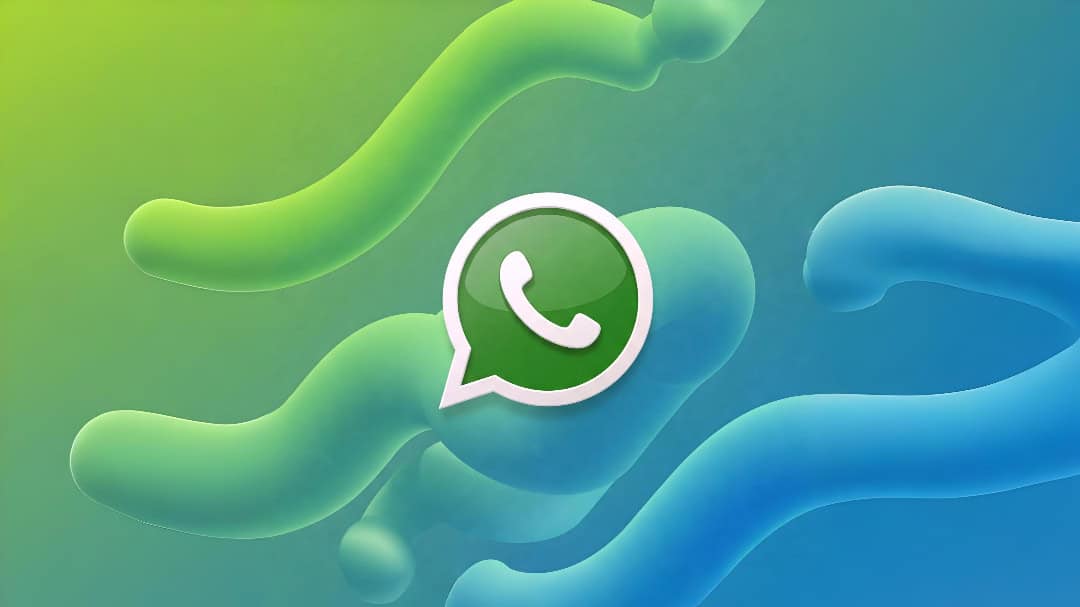In the ever-evolving landscape of digital communication, WhatsApp remains a cornerstone for billions of users worldwide. By 2025, the platform has introduced nuanced updates to its privacy tools, empowering users to manage interactions with greater precision. Understanding the distinctions between blocking, deleting, and reporting—and knowing when to use each—is critical for safeguarding your digital well-being. This guide demystifies these features, highlights 2025’s key enhancements, and equips you with actionable insights to navigate complex social dynamics.
Understanding the Tools: Block, Delete, and Report
1. Blocking: The Digital Shield
What It Does:
- Blocks all communication: The person cannot message, call, or view your profile updates (status, last seen, profile photo).
- Restricts group interactions: They can’t add you to new groups, though existing shared groups remain unaffected.
- Silent enforcement: WhatsApp does not notify the blocked user.
2025 Enhancements:
- Temporary Blocks: Choose durations (e.g., 7, 30 days) for cooling-off periods, ideal for managing conflicts without permanent fallout.
- Cross-Platform Sync: Blocking on WhatsApp now extends to linked Instagram and Facebook accounts if enabled.
When to Use:
- Persistent harassment, spam, or unwanted contact.
- Example: A stranger repeatedly sends promotional messages.
2. Deleting: The Clean Slate
What It Does:
- Removes chat history: Deletes messages from your device only. The other party retains their copy unless you use “Delete for Everyone” (within 2 days).
- Does not restrict future contact: The person can still message you unless blocked.
2025 Enhancements:
- Extended “Delete for Everyone”: Now allows retracting messages up to 7 days after sending, reducing long-term privacy risks.
- Bulk Delete: Select multiple chats to erase at once, streamlining inbox management.
When to Use:
- Decluttering your chat list without severing communication.
- Example: Removing old conversations with a coworker after project completion.
3. Reporting: The Community Safeguard
What It Does:
- Flags harmful content: Alerts WhatsApp’s moderation team to review accounts for violations (e.g., spam, abuse, misinformation).
- Anonymous process: The reported user isn’t notified of your identity.
2025 Enhancements:
- AI-Powered Triage: WhatsApp’s AI now prioritizes high-risk reports (e.g., threats, scams) for faster resolution.
- Detailed Reporting Categories: Specify issues like “Financial Scam” or “Hate Speech” to improve response accuracy.
When to Use:
- Encountering harmful content, scams, or illegal activity.
- Example: A user sends phishing links disguised as lottery wins.
Key Differences at a Glance
| Feature | Block | Delete | Report |
|---|---|---|---|
| Communication | Prevents all future contact. | Doesn’t stop messages. | Doesn’t stop messages. |
| Visibility | Hides your profile updates. | Removes chat history locally. | No impact on visibility. |
| User Notification | None. | None (unless “Delete for Everyone”). | Anonymous. |
| Best For | Safety from harassment/spam. | Inbox organization. | Combating platform-wide abuse. |
Strategic Use Cases for 2025
Scenario 1: Managing a Toxic Relationship
- Block: Stop all contact while preserving evidence (chats remain unless deleted).
- Report: If threats occur, escalate to WhatsApp for potential account suspension.
Scenario 2: Handling Spam Accounts
- Report and Block: Flag the account to improve AI detection while cutting off access.
Scenario 3: Exiting a Group Chat Politely
- Delete: Archive the chat to declutter without notifying members.
- Block Specific Members: If certain users persist, block them individually.
2025 Fixes: Overcoming Common Pitfalls
Issue: “Blocked Contacts Still Appear in Groups”
- Fix: Leave the group or use “Mute and Archive” to hide notifications.
Issue: “Accidental Deletion of Important Chats”
- Fix: Enable WhatsApp’s Chat Backup feature (daily/weekly) to restore lost data.
Issue: “Delayed Response to Reports”
- Fix: Use specific reporting categories (e.g., “Violent Content”) to trigger AI prioritization.
Expert Insights: Maximizing Your Privacy
“Layering these tools is key. Block to stop contact, delete to erase footprints, and report to protect the community. WhatsApp’s 2025 updates make this triad more powerful than ever.”
— Dr. Elena Martinez, Cybersecurity Researcher at Digital Safety Institute
Conclusion: Choosing the Right Tool
In 2025, WhatsApp’s blocking, deleting, and reporting features are no longer standalone actions but part of a holistic privacy strategy. Whether you’re evading spam, safeguarding mental health, or combating abuse, understanding these distinctions ensures you wield each tool effectively. Stay proactive: Audit your settings quarterly, update the app regularly, and educate peers on these evolving features.
FAQs
Q1: Can a blocked user see my past status updates?
A: No. Blocking restricts access to your profile details retroactively.
Q2: Does “Delete for Everyone” work if I’ve blocked the recipient?
A: Yes, but only if the deletion occurs before blocking.
Q3: How does WhatsApp handle false reports?
A: Its AI cross-checks reports against message content and user history to minimize abuse of the system.
Q4: Can I temporarily unblock someone to retrieve old messages?
A: Yes. Unblocking restores access to past chats, but messages sent during the block period remain undelivered.
By mastering these tools, you transform WhatsApp from a passive messaging app into an active ally for digital safety. Stay informed, stay secure.
